Intel Rocket Lake Preview: A New Architecture
How the mighty have 关键字3fallen. Intel, a name synonymous with computing. Intel Inside, a phrase synonymous with quality assurance. The indomitable Intel. After years of wallowing in the mud left by Intel's wake, AMD has risen back up to reconquer the processor market. Three years ago, the first generation of Ryzen processors unexpectedly beat Intel's in value; the second generation cemented that lead; and the third generation contested Intel's performance lead in pivotal areas.
AMD now claims that the fourth generation of Ryzen, launching next month, will put the final nail in Intel's coffin: they'll beat Intel in gaming performance. Is it possible? We'll soon see. But such a challenge cannot go unanswered.
Enter Rocket Lake.
Intel's upcoming new architecture will arrive with a smattering of new technologies. But will Rocket Lake carry Intel to new heights, or will it crash and burn? Let's take a look at what we know so far.
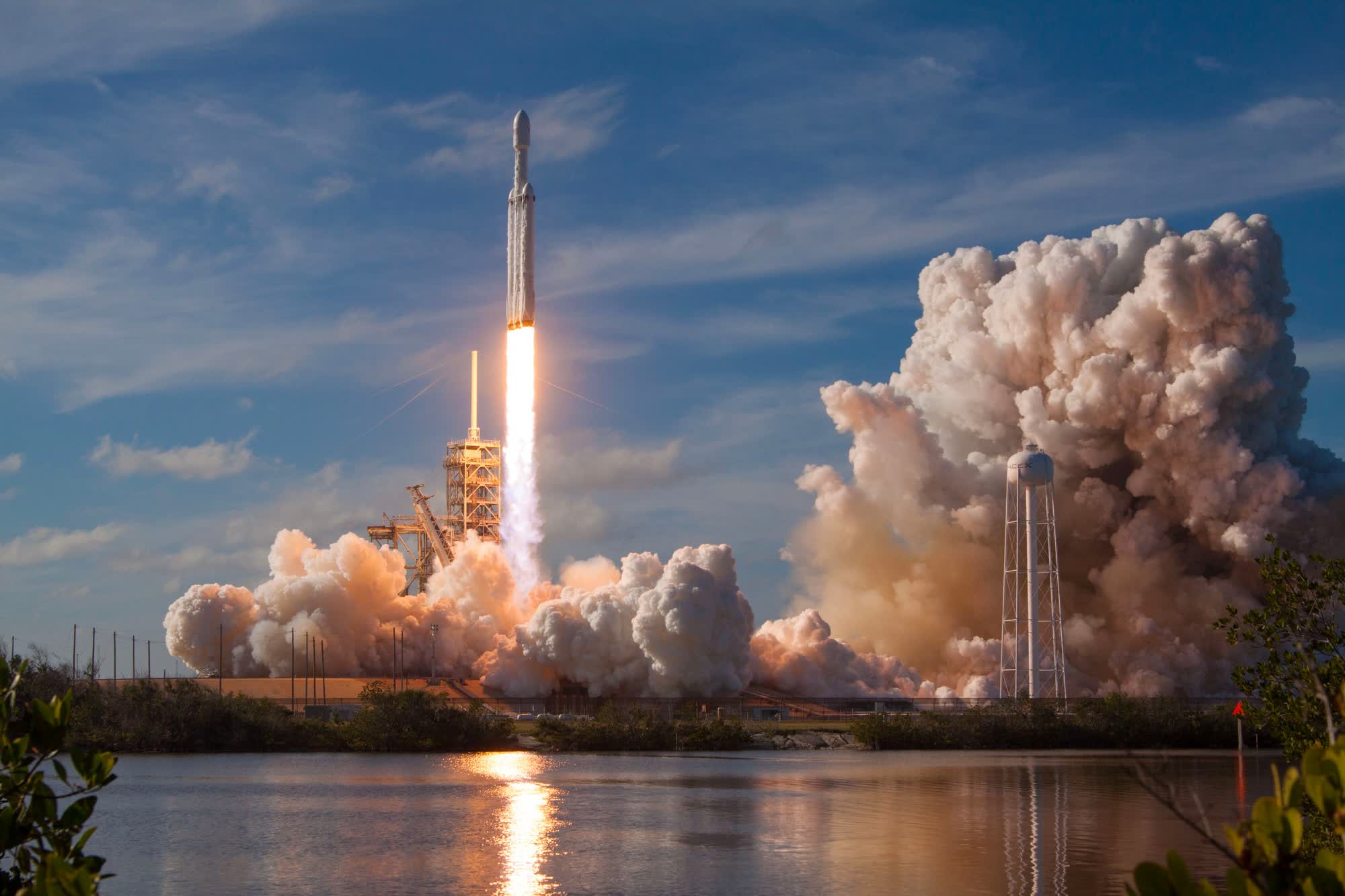
What's the Flight Plan?
Rocket Lake is the codename for Intel's 11th generation processors, which will replace the 10th generation (codenamed Comet Lake) when they release early next year.
Rocket Lake will be the first generation in five years to introduce a new architecture to Intel's flagship desktop series – we can finally say adiosto Skylake.
A new architecture means more performance, and new features like PCIe 4.0, AVX-512, faster memory, and Xe graphics. Rocket Lake will also be the last generation of Intel desktop processors to use the 14nm node.
Blast Off!
In an unexpected blog post published earlier this month, Intel's John Bonini revealed that Rocket Lake will launch in the first quarter of 2021. Unconfirmed roadmaps have narrowed that window down to March, but with all the complications of the pandemic, the processors will simply arrive when they arrive.
More likely than not, though, there'll be a formal introduction to Rocket Lake around the time of CES next year.
Stage One: The Main Booster
Rocket Lake's most enticing element is the new architecture, which will be the driving force behind the performance improvements. New CPU architectures typically bring upgrades in three key areas: they increase the IPC (instruction per clock) rate, change the cache configuration, and add new features.
Bonini confirmed support for PCIe 4.0, and database entries have seemingly confirmed integrated Xe graphics. Neither new feature can be implemented without a new architecture. And to round it off, the new cache configuration has been exposed.
| Cache | i7-10700K | Octa-core RKL-S |
| L1 Instruction (per core) | 32 KB | 32 KB |
| L1 Data (per core) | 32 KB | 48 KB |
| L2 (per core) | 256 KB | 512 KB |
| L3 (shared) | 16 MB | 16 MB |
Rocket Lake's cache configuration isn't unique though. It shares an identical footprint with Sunny Cove, better known as the architecture behind the Ice Lake mobile processor series. Rocket Lake shares a few more similarities with Sunny Cove, too: they're some of Intel's first products to feature Xe graphics, and some of the first to support AVX-512. Because of these similarities, it's likely that Rocket Lake is based on a derivative of Sunny Cove. The name of the derivative is rumored to be Cyprus Cove.
There are a few differences, though, which is why the architecture merits a new name. Rocket Lake and Sunny Cove use different manufacturing nodes (14nm and 10nm, respectively) which indicates that Rocket Lake is possibly a backport (an architecture transitioned between nodes) of Sunny Cove. But despite the change, the two architectures are expected to perform similarly.
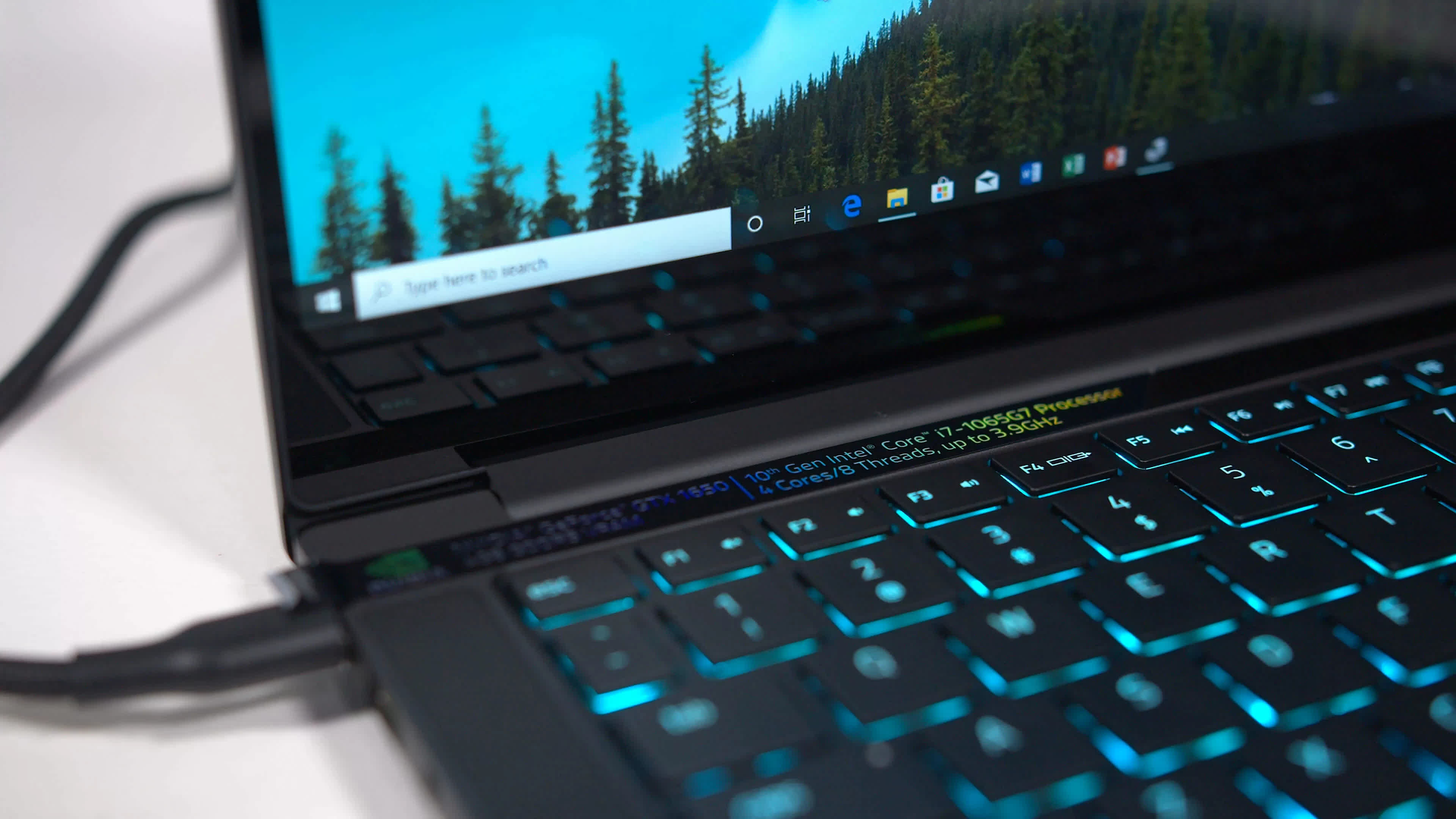
And now for the fun stuff.
Intel claims that Sunny Cove has an 18% IPC advantage over Skylake. Consequently, Rocket Lake should also have an ~18% IPC increase, too, (but as we'll see in a sec, it might be a little less).
Look Out the Window
Rocket Lake will be Intel's first generation of desktop processors to use their new integrated Xe graphics. While Xe is a significant improvement over previous generations, it's still nothing compared to discrete solutions. It appears that Intel won't even try to market the graphics as a new feature: what appears to be the new flagship Xe integrated graphics will have only half as many graphics cores (called EUs) as Intel is capable of adding.
The most interesting thing about the Xe graphics is the 10nm node they're built on. Why is Intel adding 10nm graphics to a 14nm processor, and how? Bizarre.
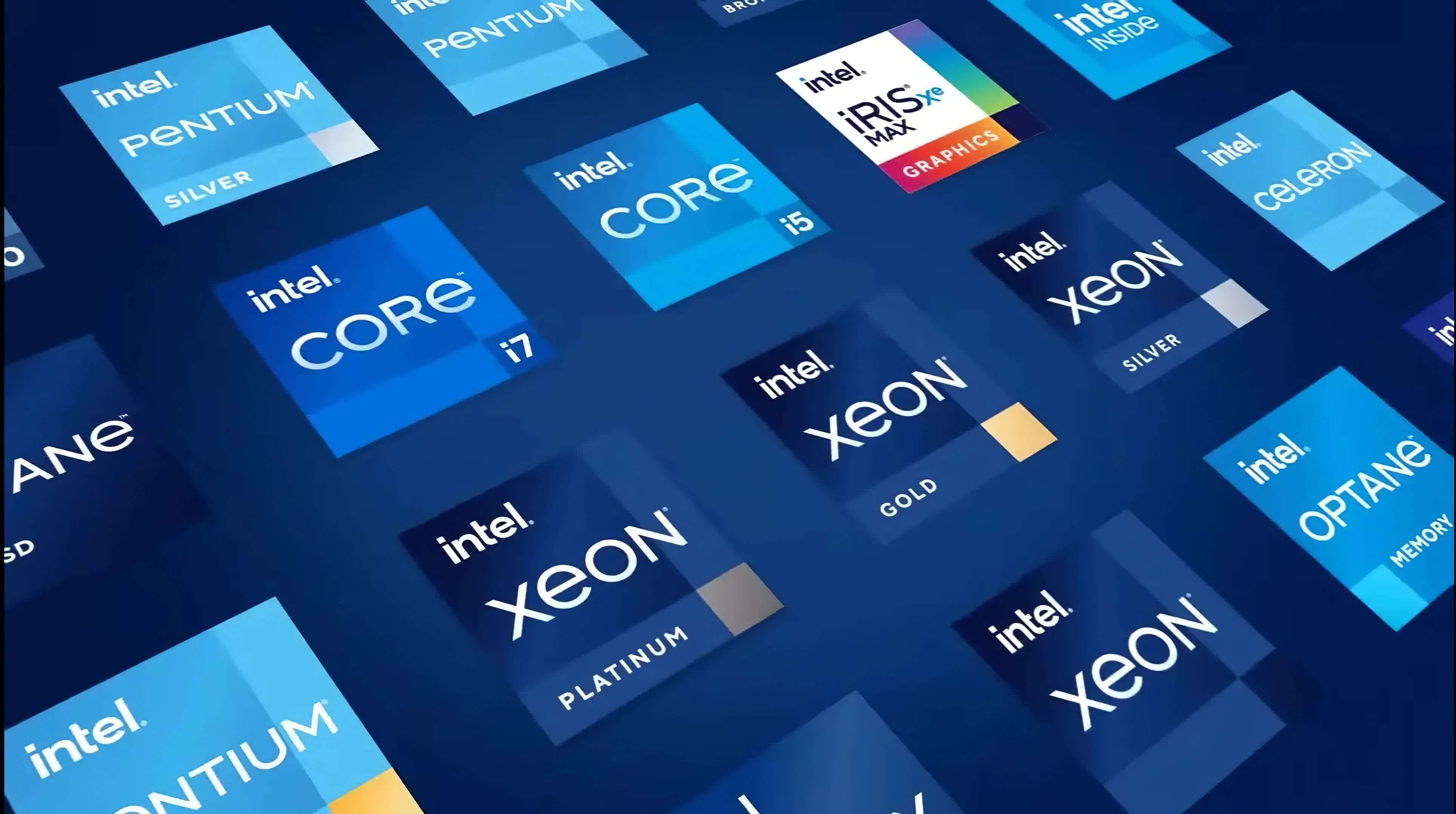
Regardless, integrated graphics are usually pretty dull, and even more so on the desktop side, but they are surprisingly useful for identification purposes. When processors are entered into online databases they appear nameless, but when GPUs show up in drivers, they arenamed. This enables them to be counted.
Seven distinct Rocket Lake graphics devices appeared in an Intel developer driver when it was published accidentally in July last year. They're on the left in the table below (starting with iRKL). On the right are the names of Rocket Lake graphics devices (starting with 0x4C) that were submitted into the Linux driver stack last September.
| GT0 | GT0.5 | GT1 | ||
| iRKLLPGT0 | iRKLLPGT0P5S16 | 0x4C8C | iRKLLPGT1HPro32 | 0x4C8A |
| iRKLLPGT0P5U16 | iRKLLPGT1H32 | 0x4C8B | ||
| iRKLLPGT1S32 | 0x4C90 | |||
| iRKLLPGT1U32 | 0x4C9A | |||
Presumably, there's a significant overlap between the two lists and some information can be drawn from the names.
GPUs ending in 32 will have 32 EUs, and those ending in 16 will have 16 EUs. In leaked benchmarks results, though, only GPUs with 32 EUs and 23 EUs have been spotted, which is a little unexpected.
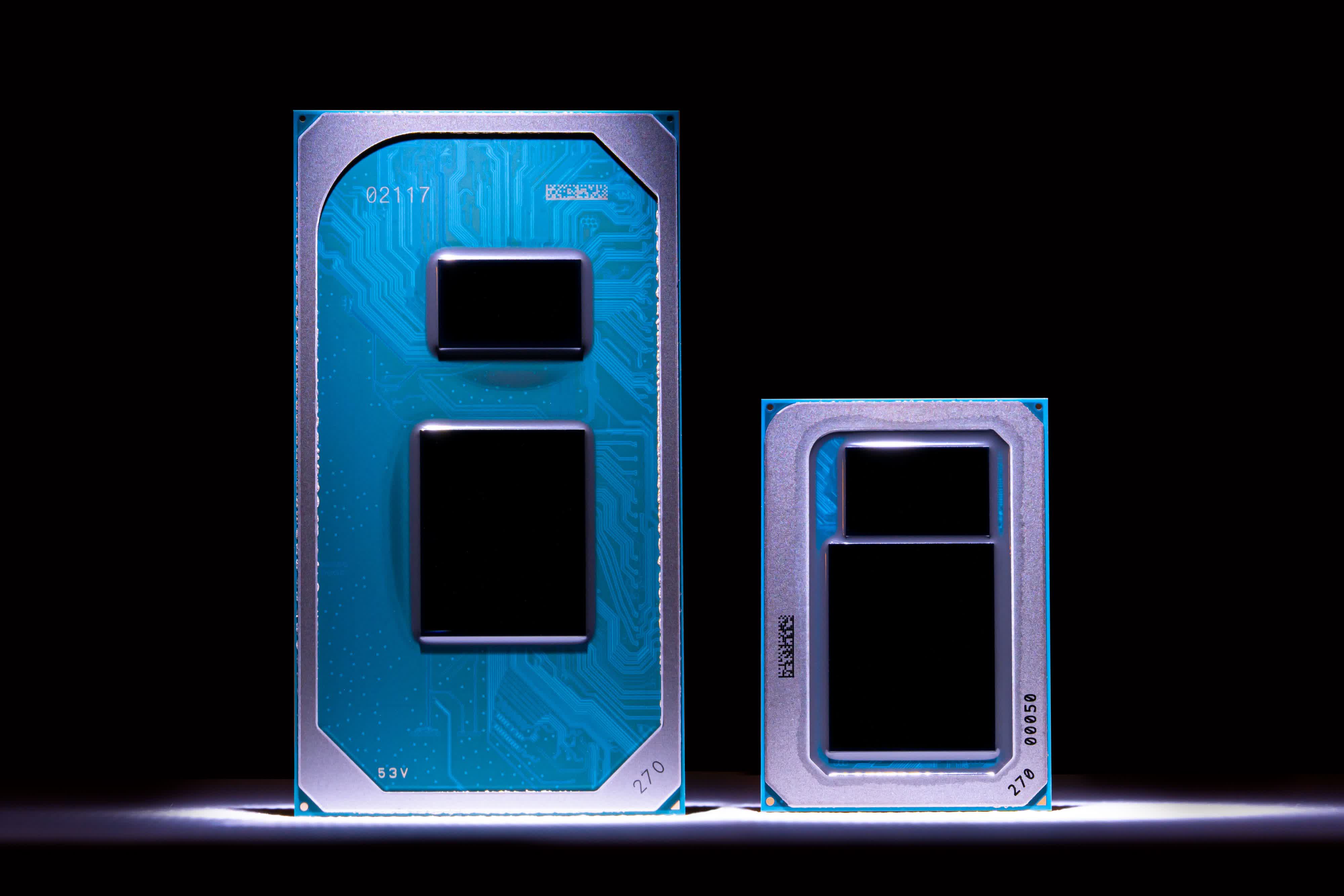
Sadly, there are too many unknowns here to completely decode this puzzle (but if you have some good guesses, put them in the comments). We could infer though that there won't be many Rocket Lake processors. Probably only a handful of different core/thread configurations. And secondly, the series will be divided into two main categories, with a heavy weighting towards the higher-end category.
Stage Two: Maneuvering Thrusters
Let's rip that band-aid off: octa-core and hexa-core Rocket Lake processors have been caught on the internet several times each, but there's been no evidence to suggest that there'll be any other configuration. It's widely suspected that there won't be a processor with ten cores this generation.* It's probably a consequence of the new architecture.
*Press F for respect.
Benchmarks?
The octa-core model has been observed five times. Each time, it had sixteen threads and an integrated GPU of 32 EUs operating at 1.15 GHz. In one Geekbench 5 result and one Fire Strike result, it had a 3.2 GHz base clock and a 4.3 GHz boost clock. SiSoftware also recorded a 3.2 GHz base clock, but didn't register a boost clock. Lastly, another Geekbench 5 result showed a 3.4 GHz base clock and a 5.0 GHz boost clock. (The fifth result was an anomalous 1.8 GHz.)
The hexa-core processor has been spotted twice, and always with twelve threads. A 3DMark result listed a base clock of 3.5 GHz and a boost clock of 4.09 GHz, although the leaker who found the result claimed he had also seen it operating at 4.2 GHz. In a SiSoftware database entry, the processor had a 3.5 GHz boost clock, a 3.9 GHz half-boost, and a 4.2 GHz boost. SiSoftware recorded two GPU configurations: a 23 EU model, and a 32 EU model. Both were clocked at 1.15 GHz.
Summary
Effectively, there's been three different processors spotted. Two octa-core models clocked at 3.2/4.3 GHz and 3.4/5.0 GHz, and a hexa-core model clocked at 3.5/4.2 GHz. If this information is paired with the results from the graphics device analysis, it appears that Rocket Lake will mostly be an octa-core affair, with a couple of mid-range hexa-core models thrown in.
To (cautiously) speculate about names, the octa-core models might be the i7-11700 and the i7-11600, while the hexa-core part could be the i5-11400. Each will also have an unlocked K variant, presumably, and there might be one or two Pro models.
How Fast Are We Flying?
In almost every leaked benchmark, the Rocket Lake processors have performed terribly. That's pretty typical for new architectures, so we'll just ignore all the unfavorable results (that's how being unbiased works, right?) and consider the singlegood result.
The octa-core processor clocked at 5 GHz performed quite well in the Geekbench 5 single-core test – although it inexplicably did poorly in the multi-core test. At 1507 points, it surpasses the average i7-10700K score by 11%. And intriguingly, the processor also performed exceptionally well in the single-core encryption test, possibly because of the AVX-512 support.
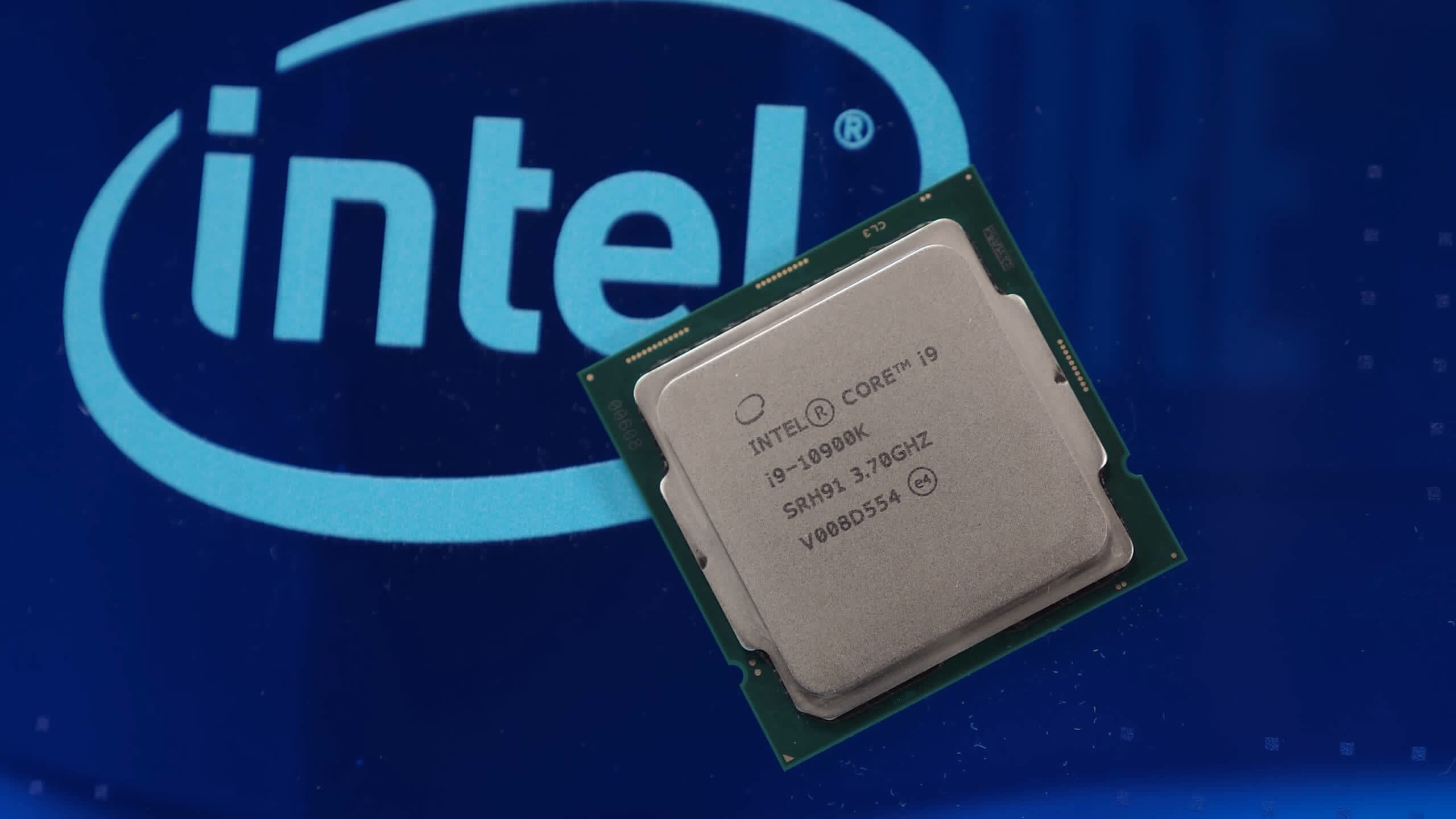
It can be deduced that there is someIPC performance improvement yielded by the new architecture, if not a lot. But it does seem that Rocket Lake can get those clock speeds up – they'll probably be a bit higher than they are in the leaks – and the combination of good clocks and good IPC should enable the octa-core processor to surpass the ten-core i9-10900K as gaming champion. But by what margin? No idea.
Touching Down
Rocket Lake will bring sweeping changes to Intel's platform. Chief among them is the upgrade to PCIe 4.0. Although the inclusion of the new standard was confirmed by Intel already, the exact implementation has been described quite thoroughly by leakers. A SiSoftware entry shows that Rocket Lake has four PCIe 4.0 lanes dedicated to NVMe storage, and a Facebook post shows that the processors have sixteen lanes dedicated to the top GPU slot.
This is the exact configuration described by a leaked presentation slide, and if the slide is accurate, then things start really getting strange. The slide claims that the new 500-series chipset will have a few PCIe lanes of its own, but they'll be PCIe 3.0 instead. It seems like both PCIe 4.0 and PCIe 3.0 lanes will be essential for the operation of any computer with modern storage and expansion cards, which will take some getting used to.
The slide offers some exciting news, though. Rocket lake will support "increased DDR4 speed" which will probably be 3200 MHz, given that's the maximum supported by Sunny Cove. There'll be "new overclocking features and capabilities," too. There's also a new selection of modern ports, including Thunderbolt 4 and more USB 3.2.
Using the new features will require a new 500-series motherboard. A leaked roadmap suggests the existence of the Z590, H570, B560, and H510 series. They'll reportedly release in March.

However, a new motherboard won't be an essential purchase. Rocket Lake will use the LGA 1200 socket and might slot into the Z490 motherboards. The aforementioned Facebook post actually demonstrates a PCIe 4.0 connection to a GPU on a Z490 board, so maybe the biggest platform upgrade won't require a new motherboard after all.
Houston, We Have A Problem
Rocket Lake has one big problem, that is potentially a good thing for Intel and Intel fans. Its successor, Alder Lake is expected to launch six to nine months later.
Alder Lake is pure gaming bliss: a new architecture, the 10nm node, DDR5 support, and up to sixteen cores. How do we know all that? Intel announced Alder Lake beforethey announced Rocket Lake. Even Intel know that Rocket Lake pales in comparison to Alder Lake.
Rocket Lake will have a tough time selling if Intel drums up hype for Alder Lake during its product cycle. Is Rocket Lake fated to explode on the launchpad? We think so.
Shopping Shortcuts:
- Intel Core i9-10900K on Amazon
- AMD Ryzen 9 3900X on Amazon
- Intel Core i7-10700K on Amazon
- Intel Core i5-10600K on Amazon
- Intel Core i5-10400 on Amazon
- AMD Ryzen 5 3600X on Amazon
- Intel Core i3-10100 on Amazon
-
Call of Duty: Modern Warfare III Campaign Innovation Deep Dive: Open Combat Missions《幸福花儿开》(敖都演唱)的文本歌词及LRC歌词野猪洞穴无疑是法师职业的梦魇The Rise, Fall and Revival of AMD全运网球团体小组赛种子队出线 淘汰赛全面开启Webb telescope clears the haze around a stunning galactic icon《不想再说爱》(涓子演唱)的文本歌词及LRC歌词世预赛国足憾平叙利亚 要想出线必须同时满足3条件忆往昔,峥嵘岁月!今天,他们再次庄严宣誓……@所有人 今天中元节,注意这件事!
- ·法师圣言术在复古传奇的重要作用
- ·废铝“逆袭” 我国首个再生商品期货今日上市
- ·教你如何对无盘网吧的客户机进行缓存设置
- ·Scientists film footage of alien, shimmering creature in the remote ocean
- ·稳定交往!白石麻衣前往菊池风磨住处
- ·新疆克孜勒苏州乌恰县发生3.3级地震,震源深度14公里
- ·The Rise, Fall and Revival of AMD
- ·小镇惊魂第二章流程攻略
- ·无期迷途灰烬之潮第十期玩法攻略说明
- ·Epic老大:单机游戏未来必须融入元宇宙 销量才会高
- ·The Rise, Fall and Revival of AMD
- ·Epic老大:单机游戏未来必须融入元宇宙 销量才会高
- ·1月25日新股提示:新乳业上市 恒铭达公布中签号
- ·洪承汉将于7月solo出道 发行个人专辑
- ·世预赛国足憾平叙利亚 要想出线必须同时满足3条件
- ·住建部:指导各地加快垃圾分类管理立法工作

